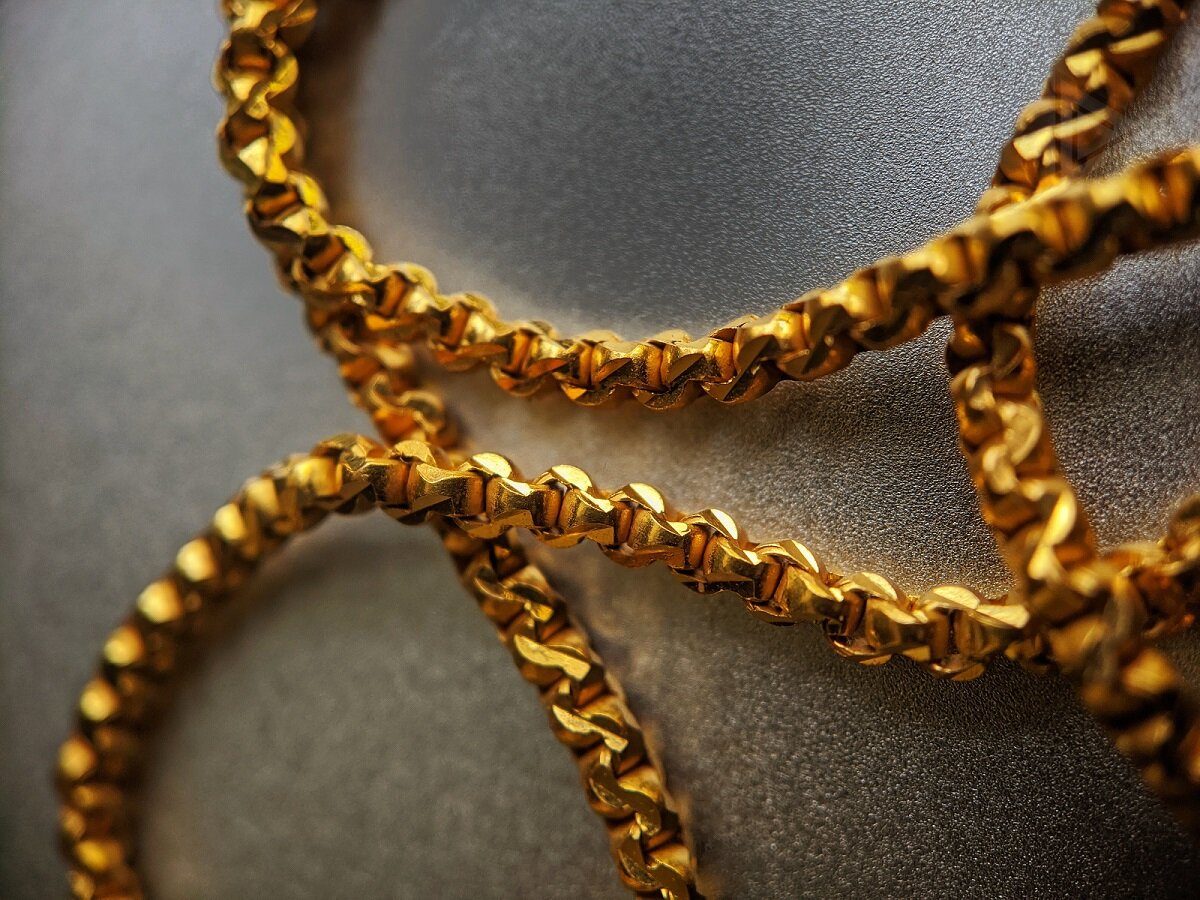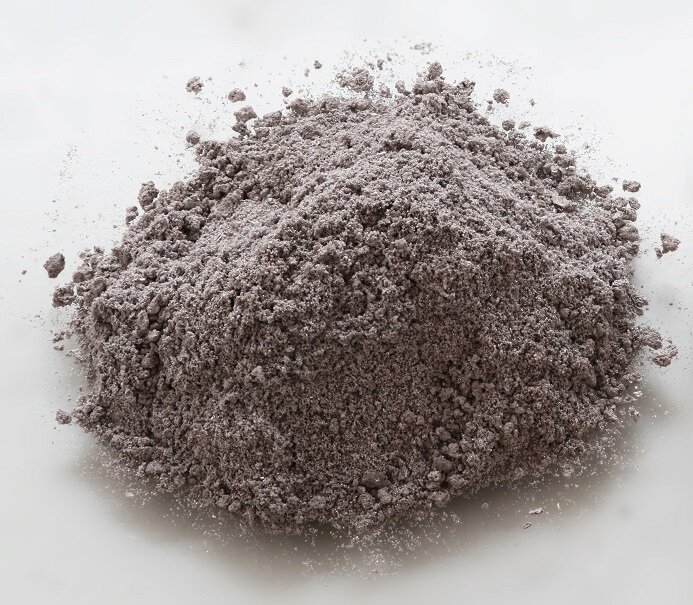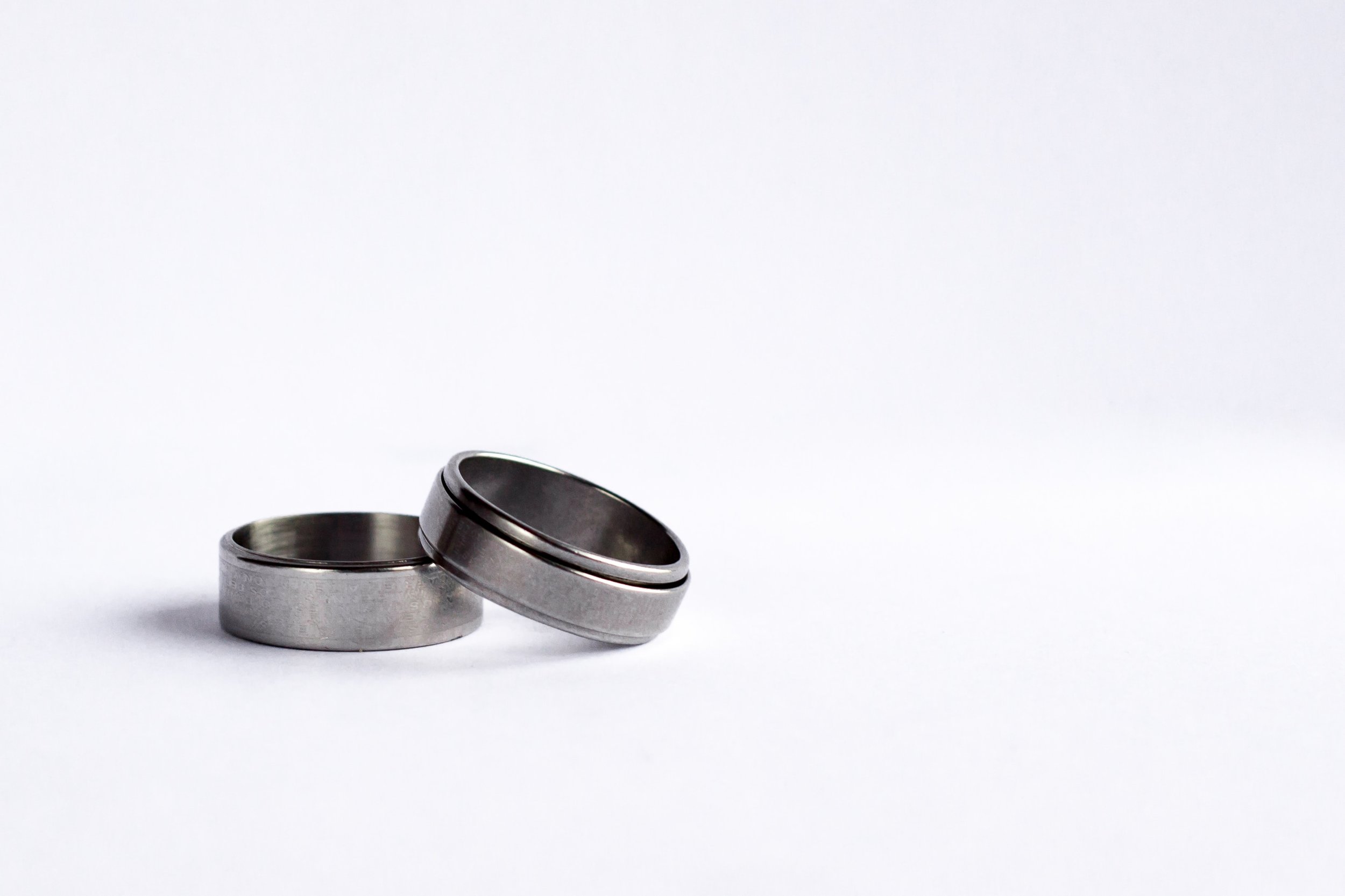Unveiling the Truth About Weighted Silver/Hollow Ware: What You Need to Know
Are you among the many who have been captivated by the allure of weighted silver? Perhaps you've inherited a set of candelabras that seem to promise a treasure trove of precious metal, or maybe you're considering recycling your silverware for some extra cash. Whatever your situation, it's essential to understand the reality behind weighted silver and its value.
Deciphering Your Precious Metal Scrap: Is it Platinum, Iridium, or Something Else?
At Specialty Metals, Smelters, and Refiners, we understand the importance of discerning the true nature of your precious metal scrap. Whether you're a jewelry enthusiast, a medical device manufacturer, or a collector, knowing whether your material contains platinum, iridium, or a combination of both is essential for ensuring its value and utility.
Navigating the Maze of X-ray Guns: Why Fire Assay is Your Best Bet for Accurate Metal Analysis
In the world of precious metals, accuracy is paramount. Whether you're a seasoned investor or a newcomer to the industry, the quest for precise readings on metal composition can be fraught with challenges. One such hurdle comes in the form of X-ray guns, which, while widely used, may not always deliver the accuracy you need.
How to Make Money Recycling Dental Scrap
Precious metals can be found in old dental appliances, especially in old crowns, bridges, porcelain-to-metal facings, fillings, and gold wire.
How much gold, silver and other precious metals can you find in dental scrap, and what kind of appliances should you be looking for? Let’s break it all down by looking at the precious metals that have been used to make dental appliances.
What Is the Best Way to Sell Palladium Scrap Today?
With high palladium trading prices, now is a good time to liquidate your palladium scrap holdings.
Demand is high. Because palladium is a secondary product that is recovered from platinum and nickel mining, miners have limited ability to increase palladium output in response to rising prices.
Why the Best Gold Buyer Near You Is as Close as Your Post Office
“What’s the most convenient place near me to sell my scrap gold?” is a question people often ask. They are looking for a place to sell their old jewelry and all kinds of scrap gold that is . . .
A Guide to Making Money by Investing in Gold-Plated Flatware
It’s been a long while since we wrote an advisory about investing in gold-plated tableware. So . . . why should we write about it again? The simple reason is that the price of gold is high now. . . and that means this is a good time to think again about investing in gold-plated knives, forks, and spoons.
Investing in Bullion: What You Need to Know
Are coins and bullion bars good investments? In today’s post, you will learn what you need to know to make a good decision about whether to sink your money into these popular investments.
How Can You Tell the Difference Between the Platinum Group Metals?
The platinum group metals - platinum, palladium, rhodium, iridium, and ruthenium look pretty much the same. They are all bright, shiny white metals that do not tarnish. And if you’re dealing with platinum group metal scrap – the stuff that is left over after different industrial processes – it all looks pretty much the same.
Now Is the Time to Reclaim the Platinum from Older Computer Hard Drives
Have you noticed a big change in computers over the last few years?
We’re not talking about the fact that DVD/CD drives have disappeared from most of them – even though that is true. Nor are we talking about the fact that there is no longer a place to plug in an ethernet cable.
Common Myths and Misconceptions about Platinum, Gold, and Silver
If you read this blog regularly – and we believe you should – you probably think you know everything about precious metals.
Well maybe you do . . . and maybe you don’t! In our post today, we are going to delve into some of the most common misconceptions about your favorite precious metals – platinum, gold, and silver.
Do Precious Metals Have Distinctive Smells or Tastes?
Another way to identify precious metals . . .
Do Precious Metals Have Distinctive Smells or Tastes?
We have written on this blog before about what gold, silver, platinum, and other metals look like. Gold is yellow and doesn’t tarnish, for example. Silver is white in color and does collect a layer of chalky tarnish. And platinum is white in color and doesn’t tarnish.
What Are the Most Common Platinum Group Alloys?
The platinum group metals (PGMs) consist of six chemically and physically similar elements: platinum (Pt), palladium (Pd), rhodium (Rh), ruthenium (Ru), iridium (Ir), and osmium (Os). These metals are often alloyed with each other and with other elements to create materials with specific properties for various industrial and other applications.
How Is Pure Rhodium Extracted from Rhodium Oxide Scrap?
We recently posted an article, “What Is Rhodium Oxide?” on this blog. If you missed it, we’d urge you to read it now. Rhodium is a precious metal that should definitely be on your radar.
What Platinum Alloys Are Used to Make Jewelry?
Platinum engagement rings are not rare. Maybe you called off an engagement and your former fiancé gallantly said, “I gave the ring to you . . . it’s yours, so keep it.” Or maybe you find some platinum engagement ring blanks (rings that have not yet had stones mounted in them) in a jewelry manufacturing company that went out of business.
How to Make a lot of Money by Investing in Platinum-Iridium Scrap
What do you get when you mix platinum and iridium, two ultra-valuable white, shiny metals? You get a very valuable alloy with high density and resistance to corrosion and oxidation, even at high temperatures. Those characteristics make the alloy particularly useful.
What Is Rhodium Oxide?
Rhodium oxide is a chemical compound formed by rhodium, a rare and precious transition metal, and oxygen. There are multiple oxides of rhodium, but the most common is rhodium(III) oxide, which has a chemical formula Rh2O3. In this compound, rhodium exhibits a +3 oxidation state.
Are the Mideast and Ukraine Wars Causing Gold Prices to Rise?
Gold is currently trading at $1906.20 per Troy ounce. That’s where it was trading in late September. By the end of September, that price had fallen more than $100.00. But since then, the trading price has rebounded to its end-of-September level and now looks very strong.
Is It Dangerous to Recycle Platinum Scrap?
Recycling platinum and platinum scrap is not a job for hobbyists. Some potential risks include:
Sputtering Target Review
We haven’t written about sputtering targets in some time. But it’s worth revisiting the topic because money can be made recycling them. Sputtering targets are a very specialized kind of platinum scrap – and in some cases, of gold and silver as well.




















